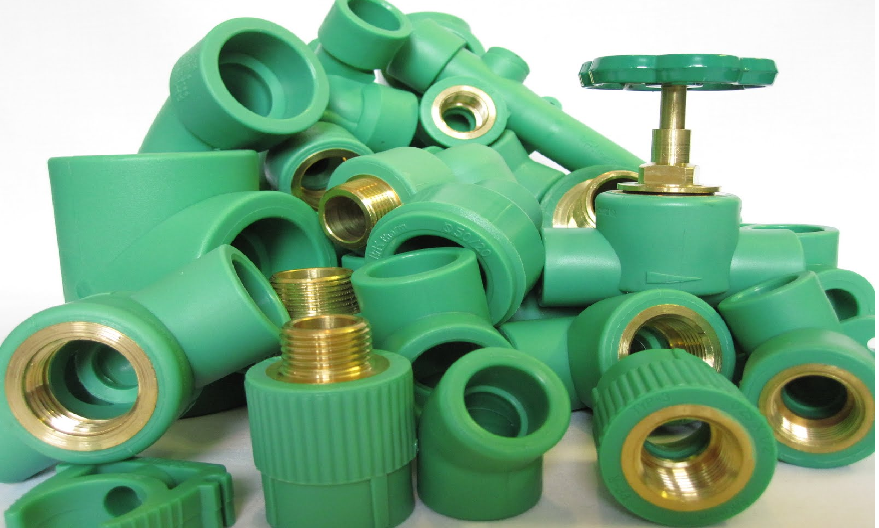
Water leakage is a common cause of concern for many households. Even a small broken or leaking tap can cause wastage of water, damage the house, and encourage undesirable organic growth. Unfortunately, because much of your home’s piping is hidden, you may not necessarily be aware that a leak has developed.
Understanding and looking for frequent conditions that cause leaks is one of the greatest methods to safeguard your house against future leaks.
We’ve compiled a list of leak sources that might be causing your PPR pipes to drip.
Slab leaks
A drainage breakdown in your property causes slab leak. This can be triggered by any of the same factors that cause drainage problems elsewhere: corroded pipes, bad fittings, reactivity from chemicals you’ve poured down the drain or discovered in your soil, and so on. You may also encounter issues that are specific to concrete leaks, such as soil movement and/or the slab breaking the pipes.
Broken seals
All water valves were sealed by the subcontractor when your devices were fitted. Seals can also be found in unexpected locations, such as on the inside of your dishwashing door. The seal on your gadgets may fracture or wear out as they age. You may have a damaged seal if you detect moisture on your machine or puddles surrounding it.
Clogged Pipes
Clogged drains are inconvenient for many people. Nevertheless, some blockages might result in spilling or broken pipes. Impediments in air handler drainage pans or gutters, for instance, might cause significant water damage. To avoid major blockages, keep your drains and HVAC system clean.
Corrosion
Corrosion, as well as other kinds of deterioration, may nibble away at your pipelines as your drainage system ages. If you start noticing darkening or deformation in your pipes, call a plumber right away to survey the damage. Probably replace any pipes at elevated danger of corrosion with modern versions if you have an older drainage system.
Pipe joints that have been damaged
The strongest spot in a line is usually where your pipes link. PPR Pipe couplings can degrade over time, resulting in leaks. Regrettably, the majority of pipe joints are not visible. If your pipelines are making a ticking or pounding noise, mainly when you turn on the hot water, your pipe connections are probably under a lot of strain. Once a year, get your system inspected by a professional.
Water pressure in excess
Although high water flow feels good, it can put a strain on your pipes if the pressure is too high or unequal. The majority of pipelines and faucets can only tolerate a certain amount of water flow. Any more pressure might result in leakage. If you’re worried about your hydraulic pressure, have it measured by a professional.
Tree roots are getting in the way.
Among the most typical water leaks begin outside instead of within your home. Tree roots, for instance, might encroach on water pipes, allowing dampness to leak into your yard. Have plumbers examine for incursion if you detect any new damp spots or swales in your property, notice a significant reduction in water pressure, or have large trees close to your property.
Connectors for loose water
The cables and PPR pipes that provide water to your equipment might become undone at any time, creating a leak. Displacement is a common cause of loose water connections. Vibration during the spin cycle, for instance, might cause a leak in your washer hose. You may see water pouring straight from the supply route or collecting pools all-around machine if you have a water connection leak.
